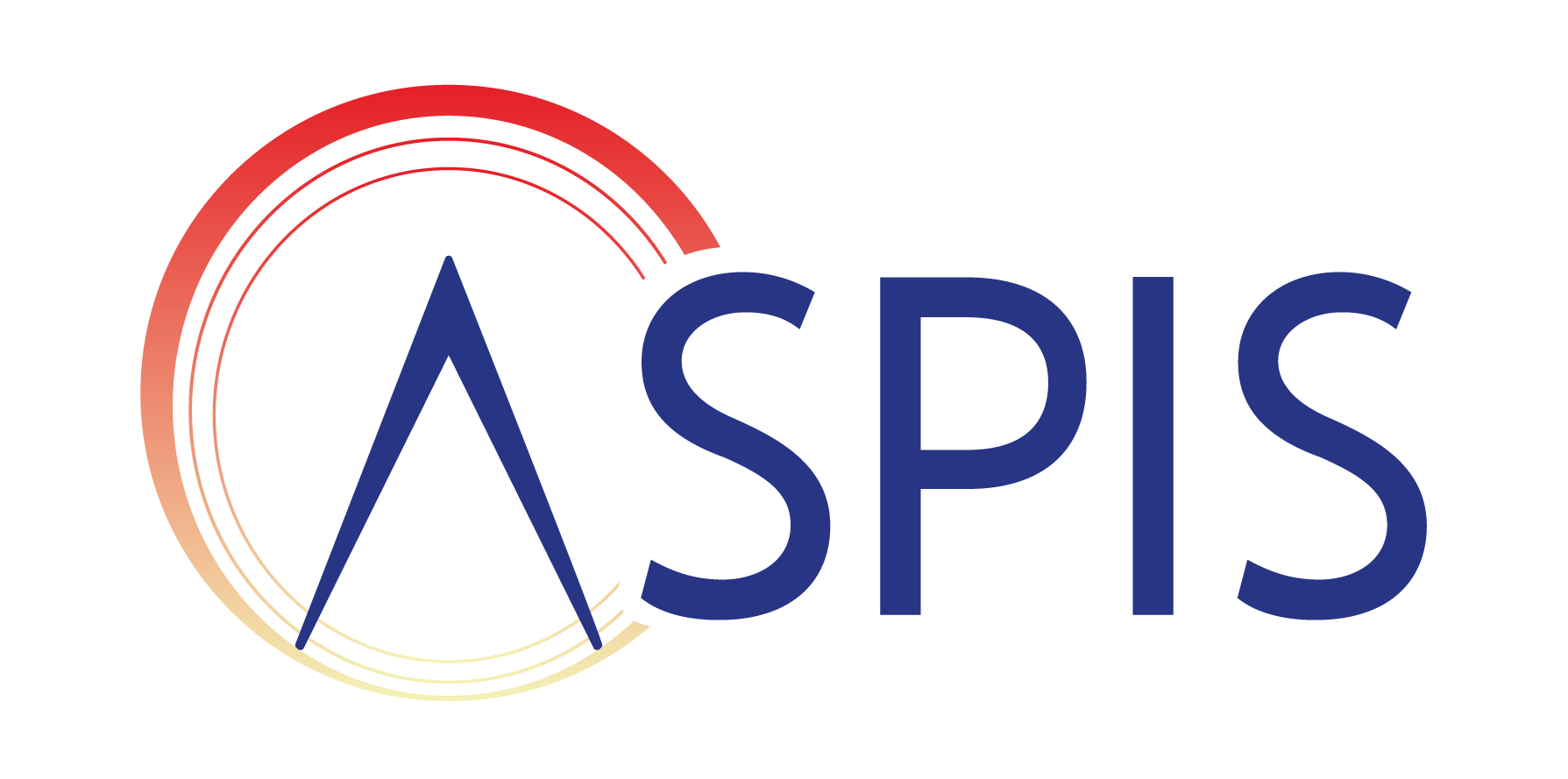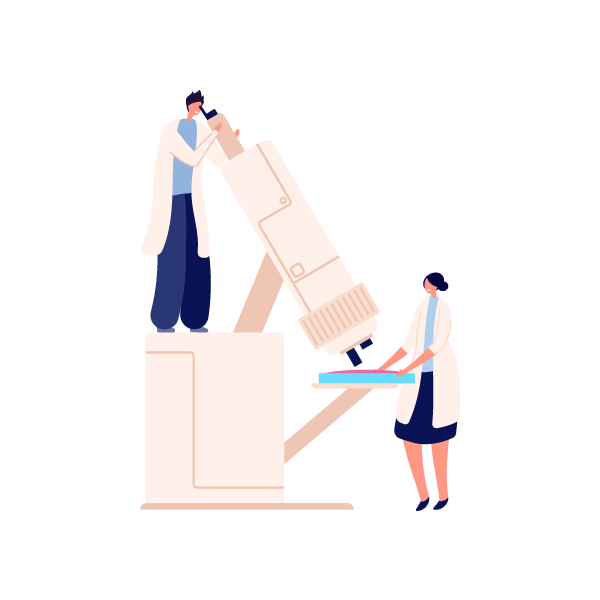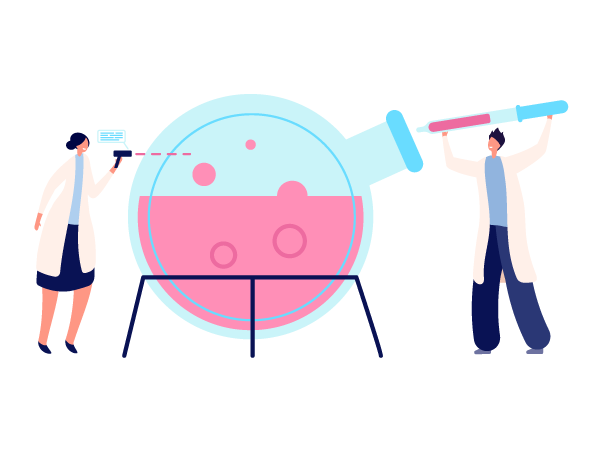The goal of the Chemical Selection working group (CSWG) is to coordinate chemical selection among the ASPIS partners. Members are responsible for collecting and distributing information on chemicals used by the three consortia. Through its coordinated effort, the CSWG hopes to minimise duplication of efforts and compound purchasing and to identify inter-consortia activities.
CSWG is involved in developing ASPIS-wide case studies, communication, and assisting other WG by providing physical-chemical and toxicological information on individuals or groups of chemicals. To accomplish these goals, the CSWG established a sub-working group Database/AI Selection, now a new WG: the Database WG (DbWG), responsible for creating an ASPIS-wide chemical database. The database will initially contain information on physicochemical characteristics and toxicological information on chemicals used by ASPIS. In the future, it will become a central resource of the data generated by three consortia. The DbWG is developing cutting-edge technologies to mine the literature for toxicological and risk assessment information. The intended users of this database will include basic scientists, as well as members of ASPIS involved in risk assessment, policy, communication, and computational approaches. Ultimately this database will be made available to the general public.
Co-chairs of the CSWG: Mathieu Vinken (ONTOX), Jonathan Freedman (PrecisionTox), Sylvia Escher (RISK-HUNT3R)
Co-chairs of the DbWG: Barry Hardy (RISK-HUNT3R), Thomas Luechtefeld (ONTOX), Tomasz Ignasiak (PrecisionTox)






